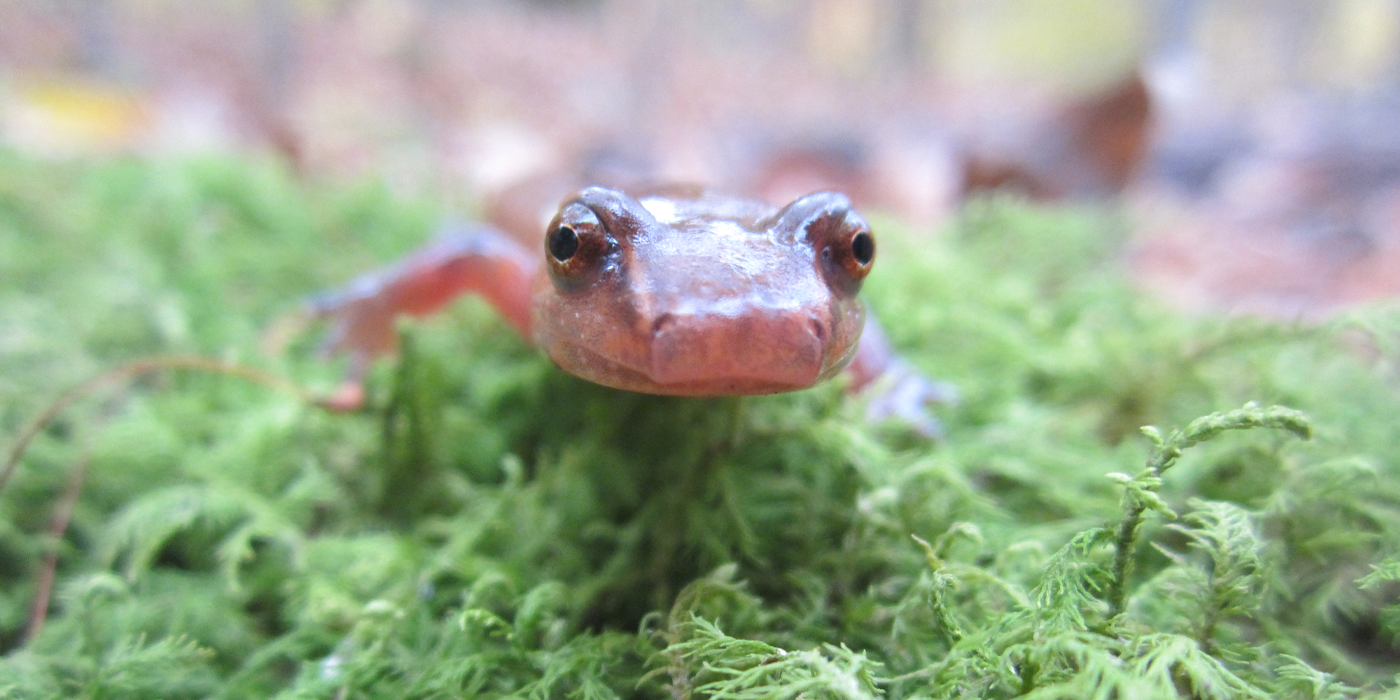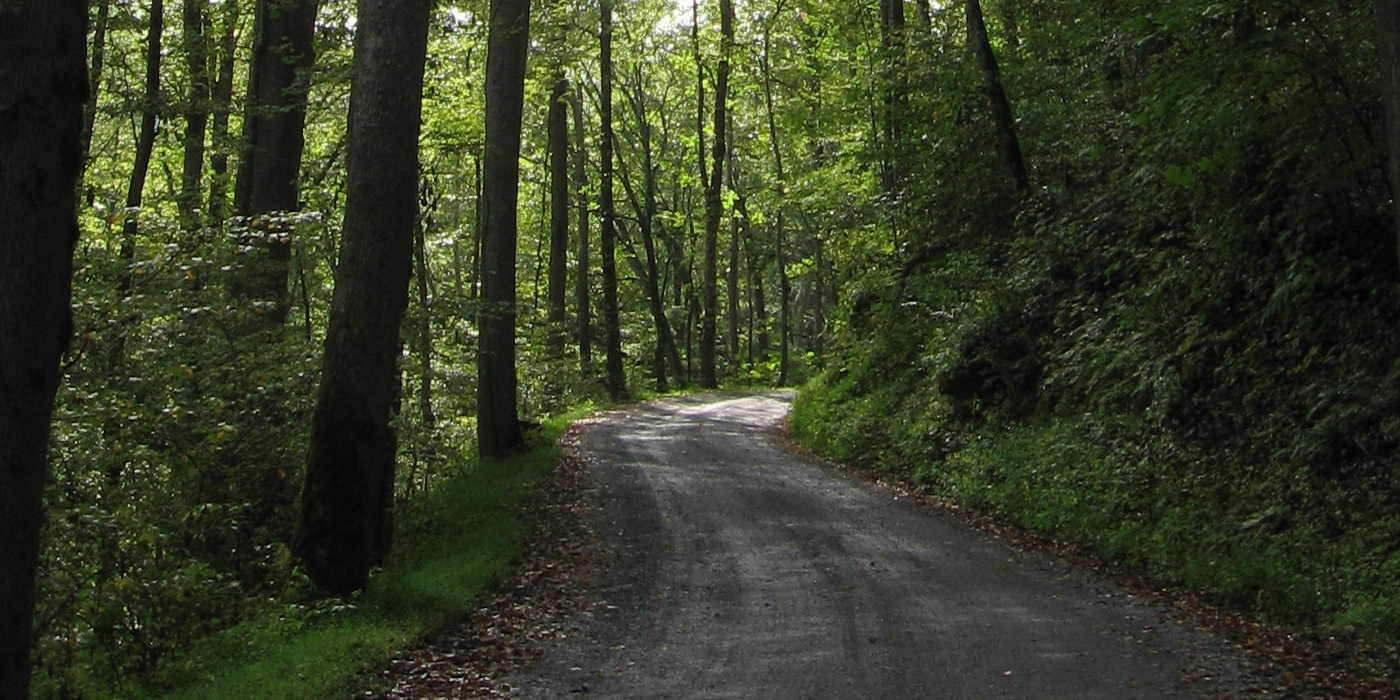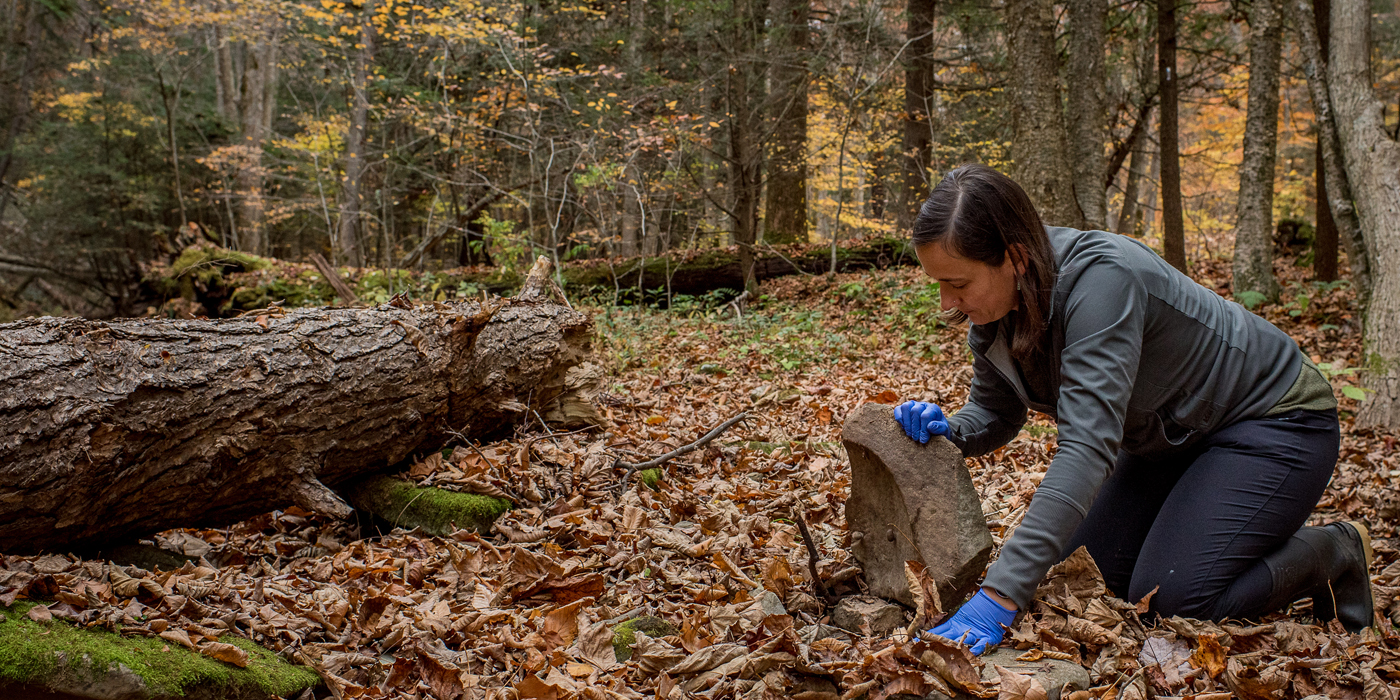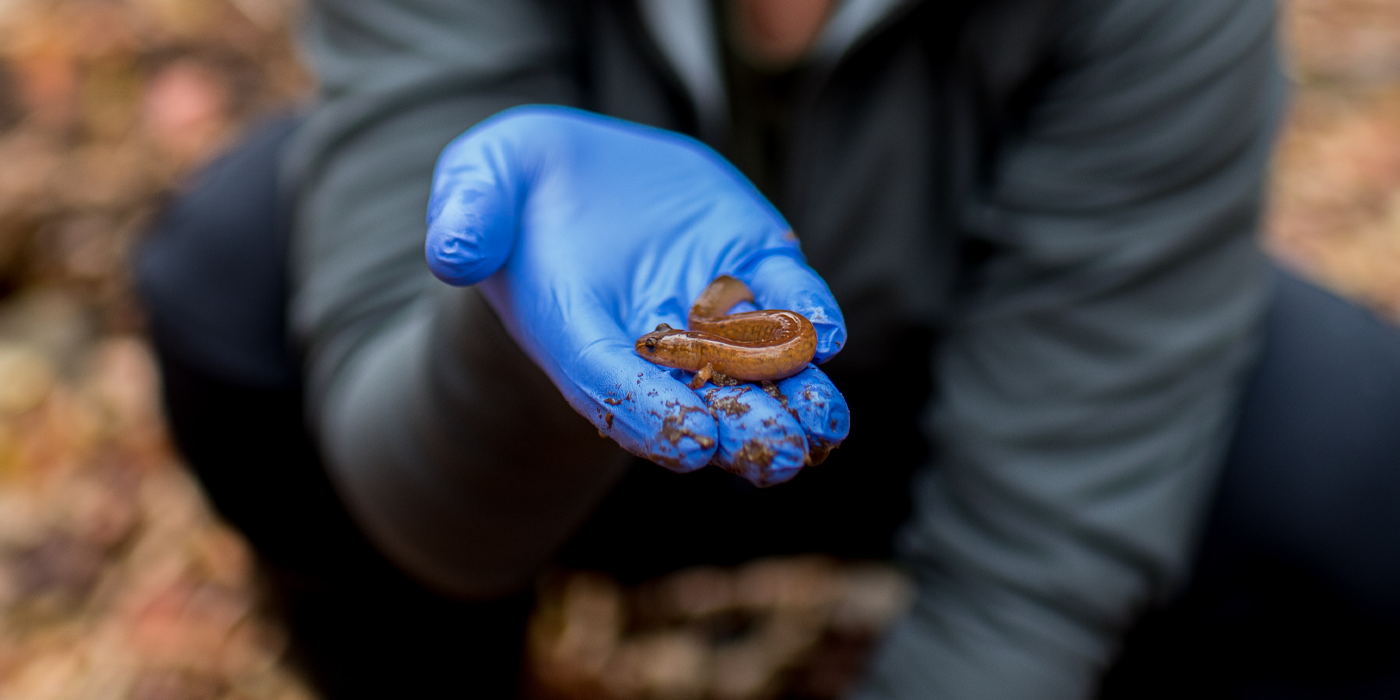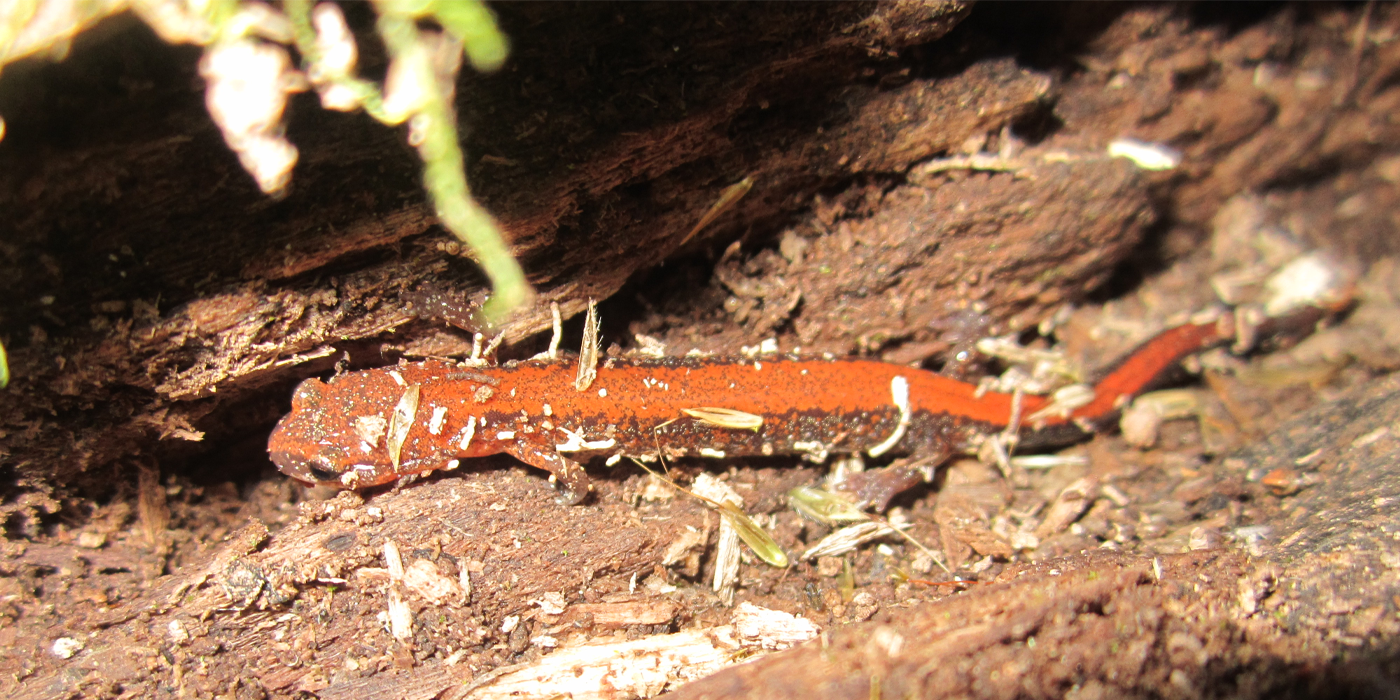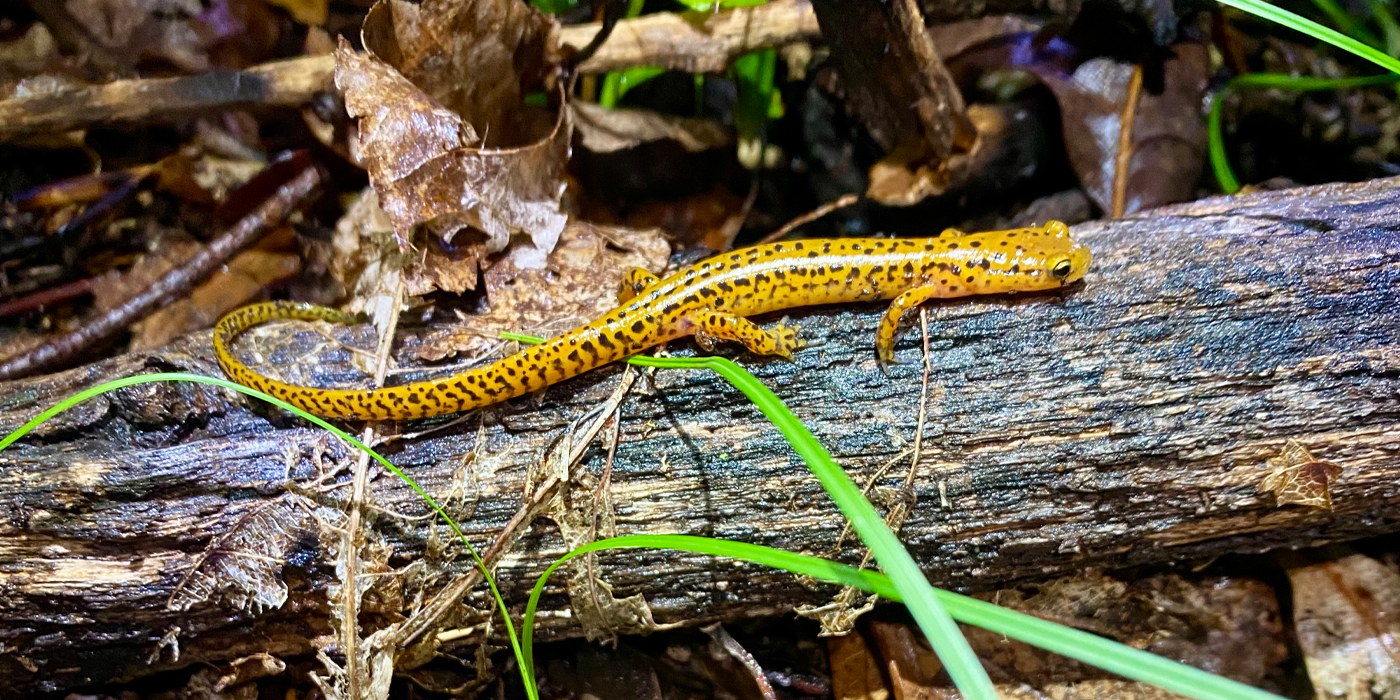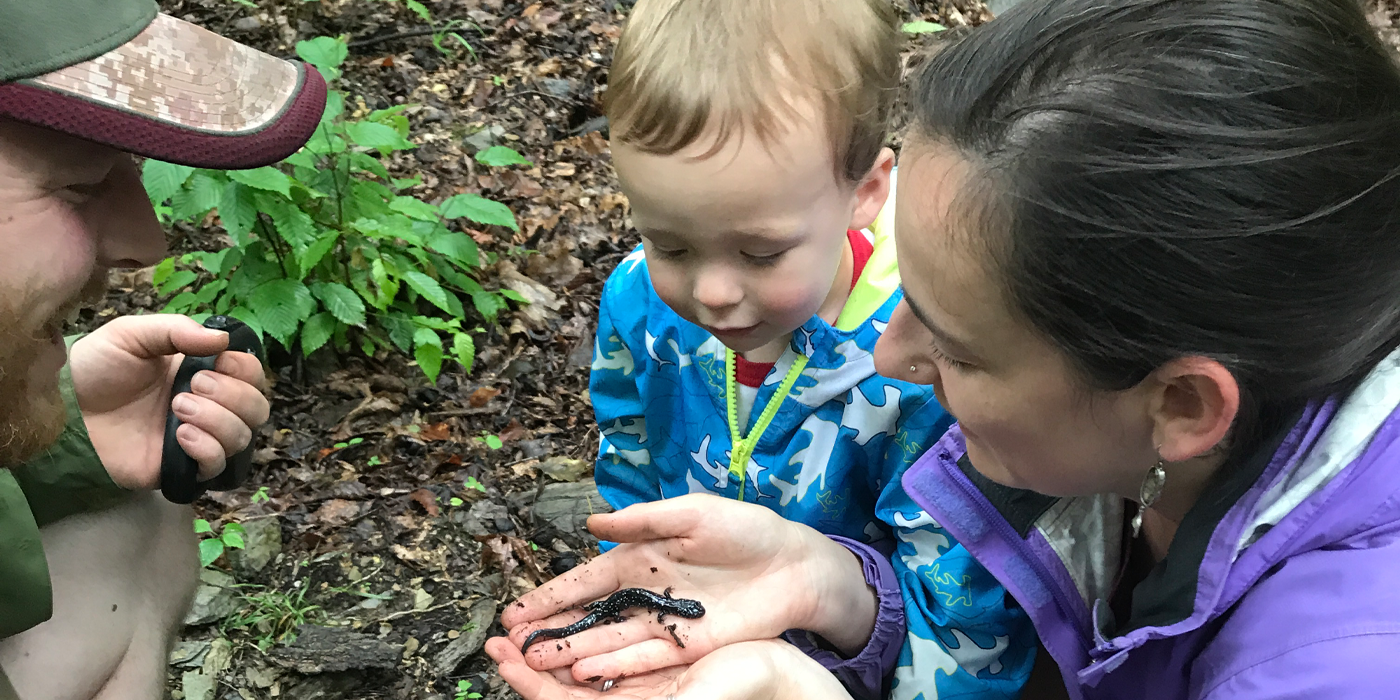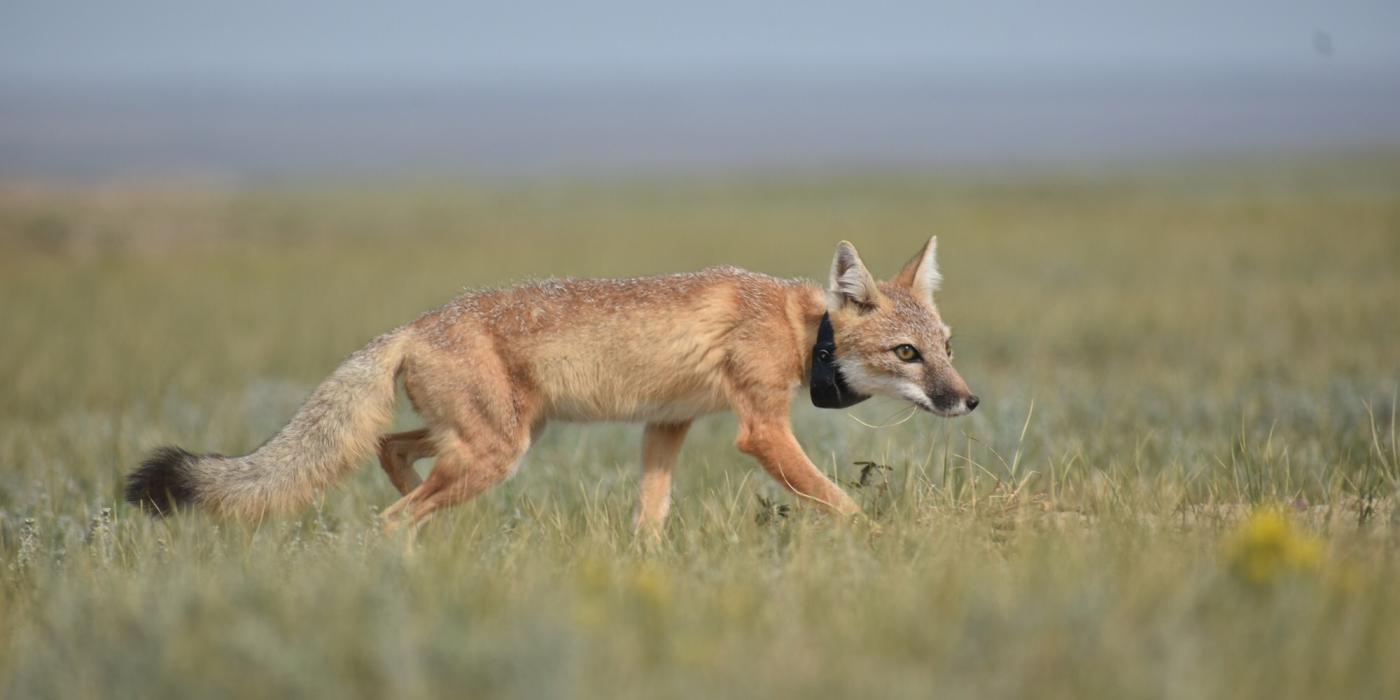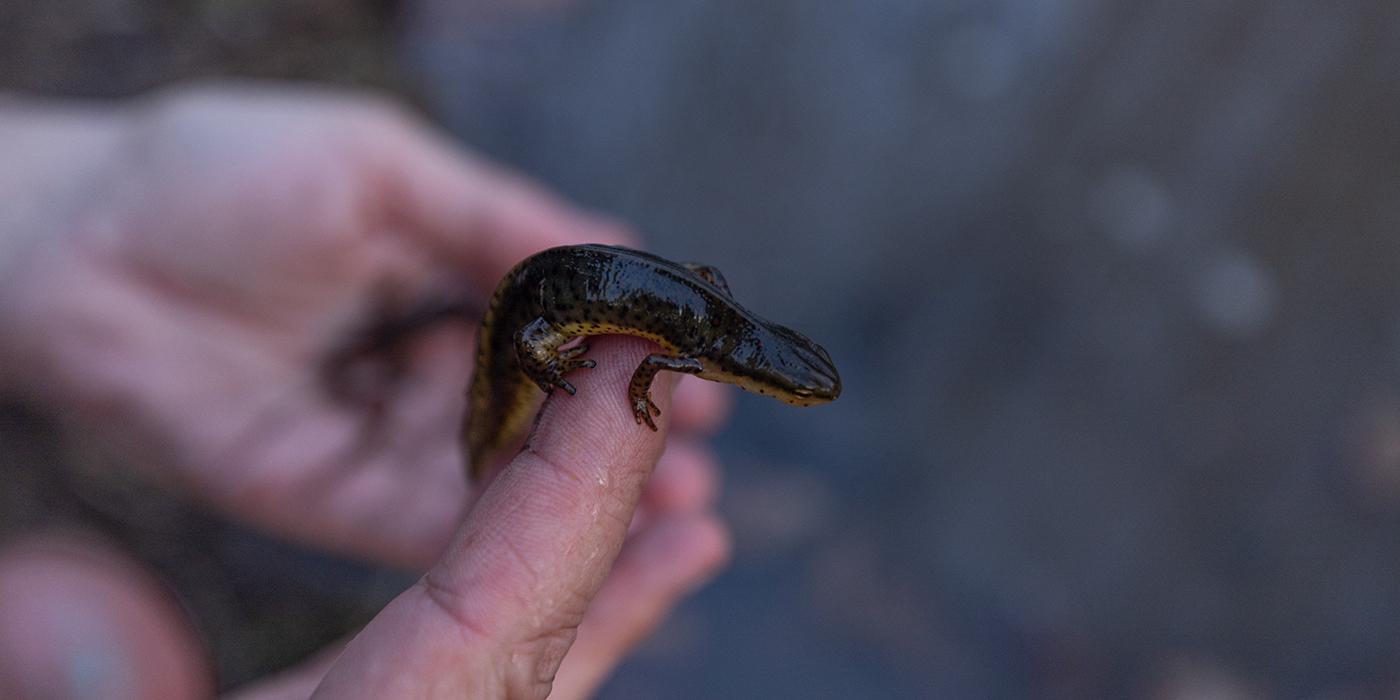How to Find Wild Salamanders
Welcome, salamander seeker! If you didn’t know you needed to be a salamander seeker, you do now. You don’t need to be a scientist or a naturalist to find a wild salamander, all you really need to do is find the right rock.
As a molecular ecologist at the Smithsonian's National Zoo and Conservation Biology Institute’s Center for Conservation Genomics, salamander spotting is one of my favorite ways to get people excited about animals in nature. To me, there is nothing more exciting than helping someone find a salamander for the first time. With just a few tips and tricks, anyone can find salamanders and celebrate nature in their local area.
Why would I want to find a salamander?
Salamanders are one of the few wild animals we can get close to. It’s not particularly easy to look into the eyes of most wild animals, but salamanders make it easier for us and they are generally friendly and docile creatures. Salamanders live all over the continental United States. Some states, like Tennessee, have more than 50 individual species, while other states, like Utah, only have one. Most states in the U.S. have about 20 different salamander species to find and discover.
Why are salamanders cool?
Salamanders are gorgeous: They are often referred to as “jewels of the forest.” Like jewels, salamanders come in a dazzling variety of colors, shapes and sizes. These forms represent a large number of species. In fact, the U.S. is home to more than 150 salamander species. That is more than anywhere else in the world! In my research, I want to know why salamanders thrive in their habitats and how to protect them as a biodiversity treasure.
Salamanders have super powers: Many salamander species have potent skin mucus that can ward off deadly diseases. Millions of frogs and salamanders across the globe have died from a deadly introduced disease called amphibian chytrid. This disease has killed more animals than any other disease in recorded history. Amazingly, many salamander species in the U.S. never get sick from chytrid, and some are even considered resistant to it. I study the defenses of the resistant salamander species to understand what types of conservation strategies we could develop to save species that die from the disease. However, some salamander species do get sick from amphibian chytrid and die. Having people out looking for them and making sure there are no die-offs is critical for their conservation.
When is the best time to find a salamander?
Most salamanders prefer a cool and moist habitat. So, it’s usually a good time to find salamanders when the weather is cooler (50-70 degrees Fahrenheit during the day time) and rain has recently fallen. Generally, that happens the spring, when winter has finally ended and we are excited to get outdoors again, or fall, when the summer heat has faded and fall foliage is on full display.
Where should I look?
Salamanders live in a wide variety of places. You can find them under logs and rocks, in streams and in ponds. You can also find them in human care. (There are many salamanders on exhibit here at the Smithsonian's National Zoo and Conservation Biology Institute in Washington, D.C. Just check out the Reptile Discovery Center and Amazonia exhibits!)
For this guide, I will focus on the easiest way to find salamanders in nature – specifically, salamanders that live in wooded areas under logs and rocks.
Here's a step-by-step guide for finding salamanders:
- Know where to look and what to look for. Most states have a website through the local government or scientific society that will tell you which salamander species are found there with maps and pictures. If not, iNaturalist is also a great tool. Search in places where other people have seen them before and learn what the animals look like and you will be quicker to find them! (If you live in near the Smithsonian's National Zoo and Conservation Biology Institute, click the links to find out more about salamanders in Maryland, Virginia, and Washington, D.C.)
- Find a forest in public lands. Walk, ride or drive to a nearby park that is forested. If there is a nature center there, go in and ask about where you might be able to find salamanders.
- Walk along trails. Along a trail, find a rock or a log that you can flip easily by yourself.
- Flip the rock/log slowly. Flip it towards you so that it acts as a barrier between you and whatever lives under it. Flip slowly so as not startle any salamander hiding underneath.
- But, be quick to look! Look up and down under the rock or log quickly. If it is colder outside, salamanders are cold too and they will not move as fast. If is warmer outside, salamanders are warm too and are quicker to run.
- Stay in areas with moisture. Avoid rocks and logs that are completely dry underneath. Salamanders need moisture to survive.
- Be patient as it can take time! I did not find any salamanders after 20 minutes of flipping logs and rocks. But then, I found three salamanders under one log!
- Do not handle the salamanders. I handle salamanders as a scientist with gloves or with hands soiled in dirt, but I encourage people to not disturb wildlife. You could hurt the salamander even by just holding it gently. Oils, salts and lotion on your skin can be harmful to them.
- Always put the rock or log back gently and exactly as you found it. But be careful not to crush the salamander or any other animals that were hiding underneath the log.
- Take photos! Share widely!
And finally, here are some safety precautions for you and the salamanders:
- Stay on trails.
- When flipping rocks and logs, flip them towards you so that they act as a barrier between you and whatever lives underneath.
- Do not handle the salamander.
- Put nature back exactly as you found it.
- If you see a dead salamander, please report it to the people who need to know.
With these tips in mind, you should be well on your way to spotting some of these amazing amphibians in the wild. Good luck, salamander seekers!
